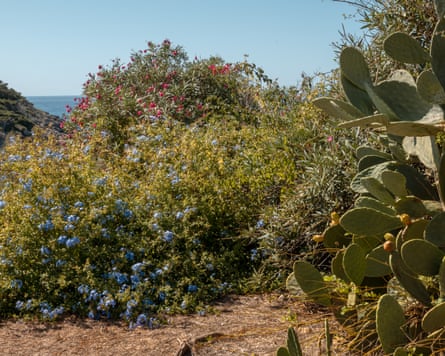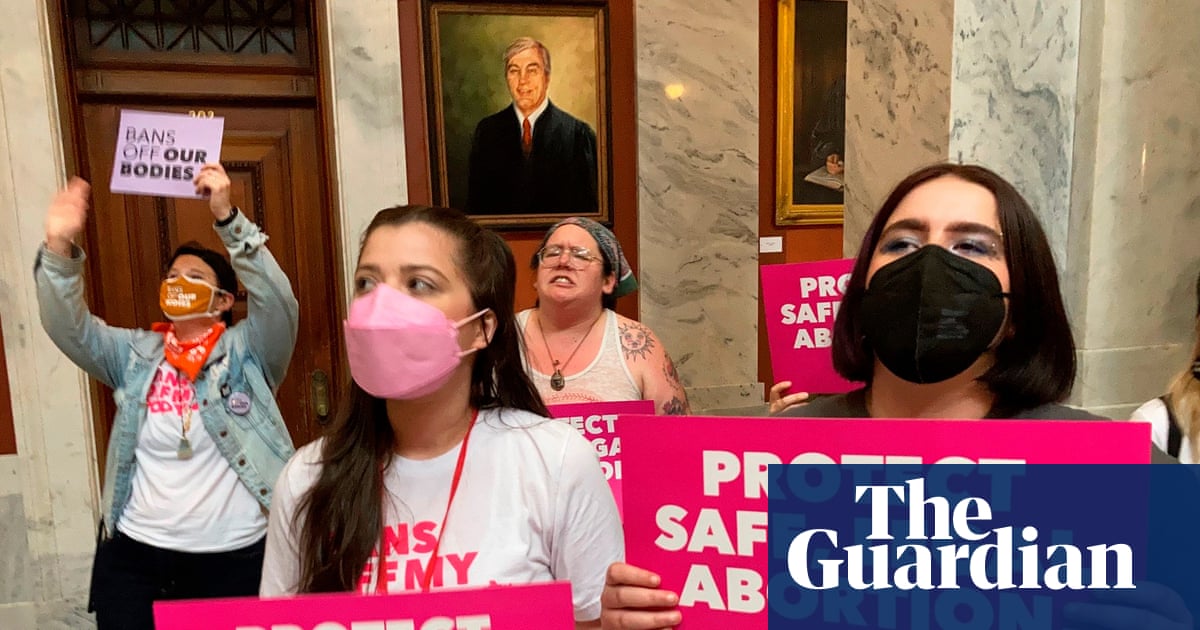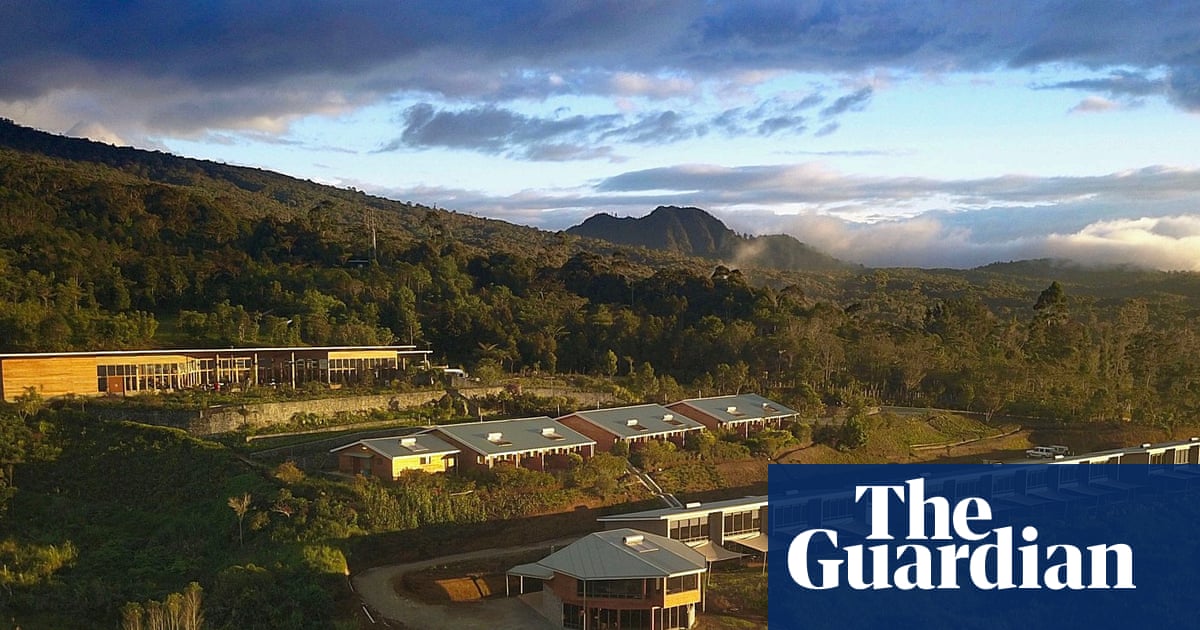Everyone wants to save the bees.
Angelina Jolie put on a beekeeping suit for Guerlain and David Beckham proudly presented the King with a pot of honey from his bees in Oxfordshire. So many people wanting to do good have set up hives in their gardens or on roofs that they have become a symbol of sustainability. Of course, farming honeybees is a great way to make delicious honey, but there is a sting in the tail – keeping hives doesn’t help wild pollinators.
Successful campaigns to “save the bees” have struck a chord with the public, but domestic honeybees don’t need saving because they are not in decline – setting up beehives is almost the equivalent of farming chickens to save wild birds.
Meanwhile, there is a huge swathe of pollinators – about 270 species of solitary bee and 25 species of bumblebee – that are in real crisis and urgently need our help. Many of these threatened species are becoming rarer every year.
More on what we can do to help, after this week’s most important reads.
Essential reads
-
Human-made global warming ‘caused two in three heat deaths in Europe this summer’
-
A tiny town in Idaho dodged incineration in 2024. Will the next wildfire take it out?
In focus

Honeybees are essential for pollinating food crops (which we, obviously, need) but research suggests that when honeybee numbers boom, they negatively impact wild pollinators – especially in places where they are non-native such as Australia and America.
High numbers of honeybees can actively harm wild bee populations because they outcompete them for nectar and pollen. They can forage further than other bees, but also there can be as many as 50,000 of them in a hive – far more than the nests that native bees live in. That’s not a problem when flowers are plentiful, but in environments where resources are limited, wild bees may struggle to find food.
My reporting on this story this week led me to the work of Keng-Lou James Hung, an assistant professor of biology at the University of Oklahoma, who has been studying how this global bee battle is playing out on San Diego’s coastal scrub, where non-native honeybees have gone feral – living wild, not in a hive.
Each spring, after the winter rains, this scrub landscape bursts into life. Sagebrush, white sage and buckwheat unfurl their leaves, throwing sweet aromas into the hot air. The landscape has all the hallmarks of a pristine ecosystem, but Hung’s research shows another story is unfolding here.
In July, he published a study finding that 98% of bee biomass (the weight of all bees) in that area came from feral honeybees. They removed about 80% of pollen during the first day a flower opened, according to the paper, published in the journal Insect Conservation and Diversity.
“Context is king,” Hung told me. “As our study showed, in places like San Diego, it seems likelier that they are exploiting food resources to the detriment of native pollinators. Species aren’t inherently “good” or “bad” but there are circumstances in which the introduction of species to certain locations could be problematic, just like goats and cats introduced to oceanic islands,” he added.
Such high rates of pollen extraction leave little for the more than 700 species of native bees in the region, which need pollen to raise their offspring. Some of those species have not been seen for decades.
after newsletter promotion
Scientists are finding this kind of story elsewhere in the world, including an experiment on an isolated Italian island showing that honeybees were causing declines in wild pollinators (you’ll have to read my piece to find out more about that).
“As a researcher, I always get asked whether all the bees are in trouble, which at least means that people have recognised invertebrates as species that they should be concerned about, so that’s a good start,” says Hung. “We can’t blame the managed honeybee PR machine for being so good at its job; we just need to step up the game on native bee conservation advocacy and education,” he says.
How people see the issue will influence how they take action, says Hung. “People who mistake honeybees as conservation targets would donate to causes that support honeybee health research and vote for policies that support beekeepers; if they had all the correct information, they might have instead chosen to allocate some significant portion of those commitments to native bee research and conservation instead.”
For people who want to help all bees, the best way to do it is to plant a variety of flowers that bloom from early spring right through to late autumn. Many “weedy” plants are rich sources of pollen and nectar, so ditch weedkiller. Leave areas undisturbed where solitary bees and bumblebees can nest. Also, be lazy! Mowing lawns less frequently can lead to an increase in bee abundance of up to 30%.
“I am quite encouraged that all over the world, there is an increased awareness of native bees; and more and more people now know that honeybees are not native to many parts of the world,” says Hung. “Overall I’m optimistic that people are more willing to accept nuanced answers and diversify their conservation interests.”
Read more:

 3 months ago
76
3 months ago
76

















































